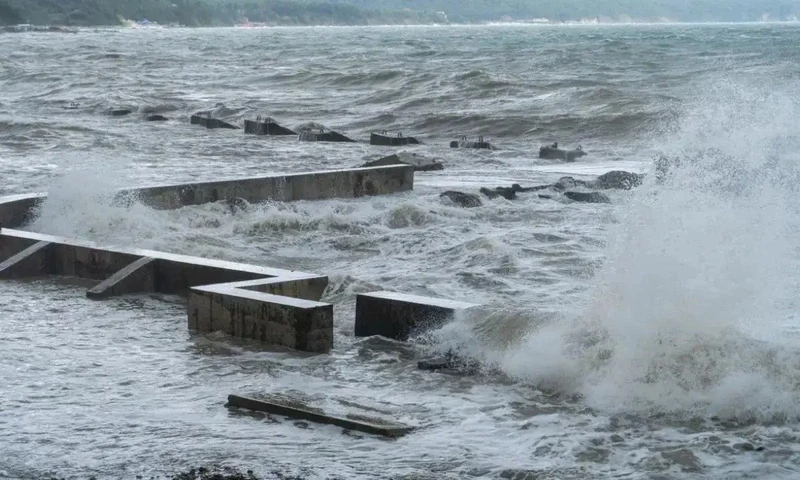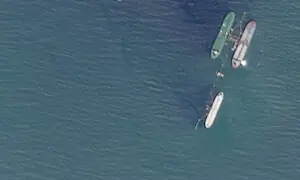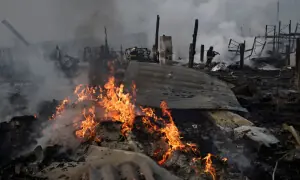Massive 8.8 magnitude earthquake rocks Russia’s Kamchatka region: What triggers the tremors?
On the night of July 30, a powerful 8.8 magnitude earthquake struck off the eastern coast of Russia’s remote Kamchatka region, marking it as one of the most significant quakes in the past decade. But what caused such intense tremors?
The earthquake originated beneath the Kuril-Kamchatka Trench, where two large tectonic plates the Pacific Plate and the Okhotsk Plate interact.
The Pacific Plate is being pushed beneath the Okhotsk Plate at a rate of approximately 77 millimeters per year in a process known as “subduction”.
This buildup of pressure ultimately releases energy, resulting in what’s termed a “megathrust” earthquake. If this occurs underwater, it can trigger powerful tsunamis.
The recent quake occurred at a depth of just 19 to 21 kilometers, affecting an extensive area of 390 kilometers in length and 140 kilometers in width.
Interestingly, a foreshock measuring 7.4 in magnitude had taken place just days earlier, suggesting that the earth was signaling an impending major event.
Following the earthquake, tsunami warnings were issued for several regions, including Russia, Japan, Alaska, Guam, and Hawaii.
Waves measuring 3 to 4 meters were reported in parts of Russia, prompting evacuations in coastal towns like Severo-Kurilsk. Japan also prepared for waves of up to 3 meters, while the west coast of the United States was advised to stay alert.
This earthquake serves as a reminder for those living along the “Pacific Ring of Fire,” an area known for its seismic activity.
While the risks of earthquakes and tsunamis are prevalent, timely warnings can help mitigate potential disasters. Understanding the earth’s movements and remaining vigilant can save lives in these regions.
For the latest news, follow us on Twitter @Aaj_Urdu. We are also on Facebook, Instagram and YouTube.





















Comments are closed on this story.